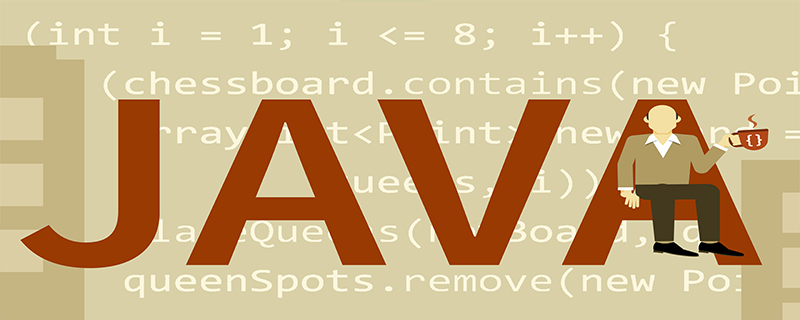
Wrong and correct ways to export java: (Recommendation:java video tutorial)
错误方式: response.setHeader("Content-Disposition", "inline;filename="+ new String(fileName.getBytes(),"utf-8")); String fileName = aicaseNodeDeptService.getFilename(request)+".xlsx"; response.setCharacterEncoding("UTF-8"); response.setContentType("application/ms-excel"); 正确的方式: response.setHeader("Content-Disposition", "inline;filename="+ new String(fileName.getBytes("utf-8"),"iso8859-1"));
Reason: httpheader requires that its content must be iso8859- 1 encoding, after passing these characters to the destination, the destination program uses the opposite method Strings_utf8 = newString(s_iso88591.getBytes("ISO8859-1"),"UTF-8") to get the correct Chinese characters" ", this not only ensures compliance with the agreement, but also supports the Chinese language.
In Java, String's getBytes() method is to obtain a byte array in the operating system's default encoding format. This means that under different operating systems, the returned things are different!
String.getBytes(Stringdecode) method will return the byte array representation of a certain string under the encoding according to the specified decode encoding, such as:
byte[] b_gbk = "中".getBytes("GBK"); byte[] b_utf8 = "中".getBytes("UTF-8"); byte[] b_iso88591 = "中".getBytes("ISO8859-1");
will return the byte array representation of the Chinese character "中" in GBK, UTF-8 and ISO8859-1 encoding respectively. At this time, the length of
b_gbk is 2,
## The length of #b_utf8 is 3, and the length of b_iso88591 is 1. Compared with getBytes, the "中" character can be restored through new String(byte[], decode). This new String(byte[], decode) actually It uses the specified encoding decode to parse byte[] into a string.String s_gbk = new String(b_gbk,"GBK"); String s_utf8 = new String(b_utf8,"UTF-8"); String s_iso88591 = new String(b_iso88591,"ISO8859-1");
java basic tutorialcolumn.
The above is the detailed content of Reasons and solutions for garbled characters exported from java to excel. For more information, please follow other related articles on the PHP Chinese website!